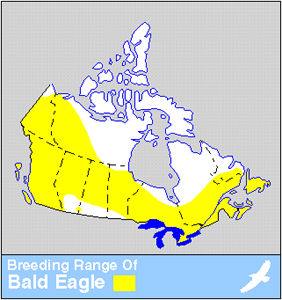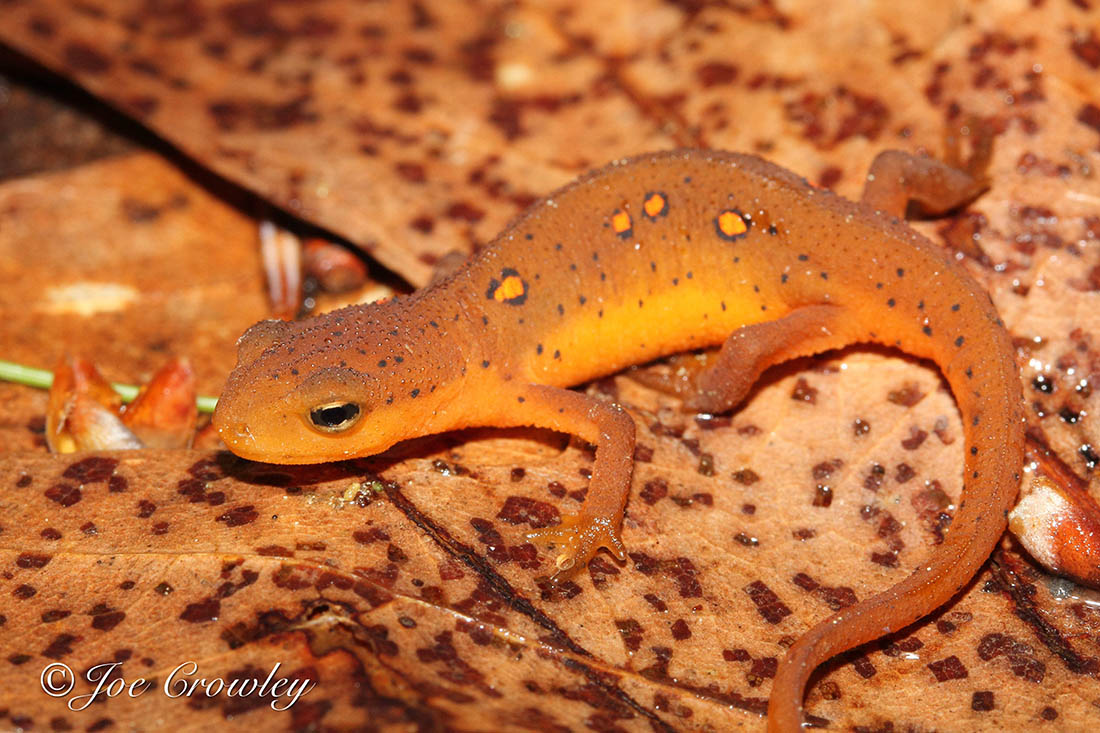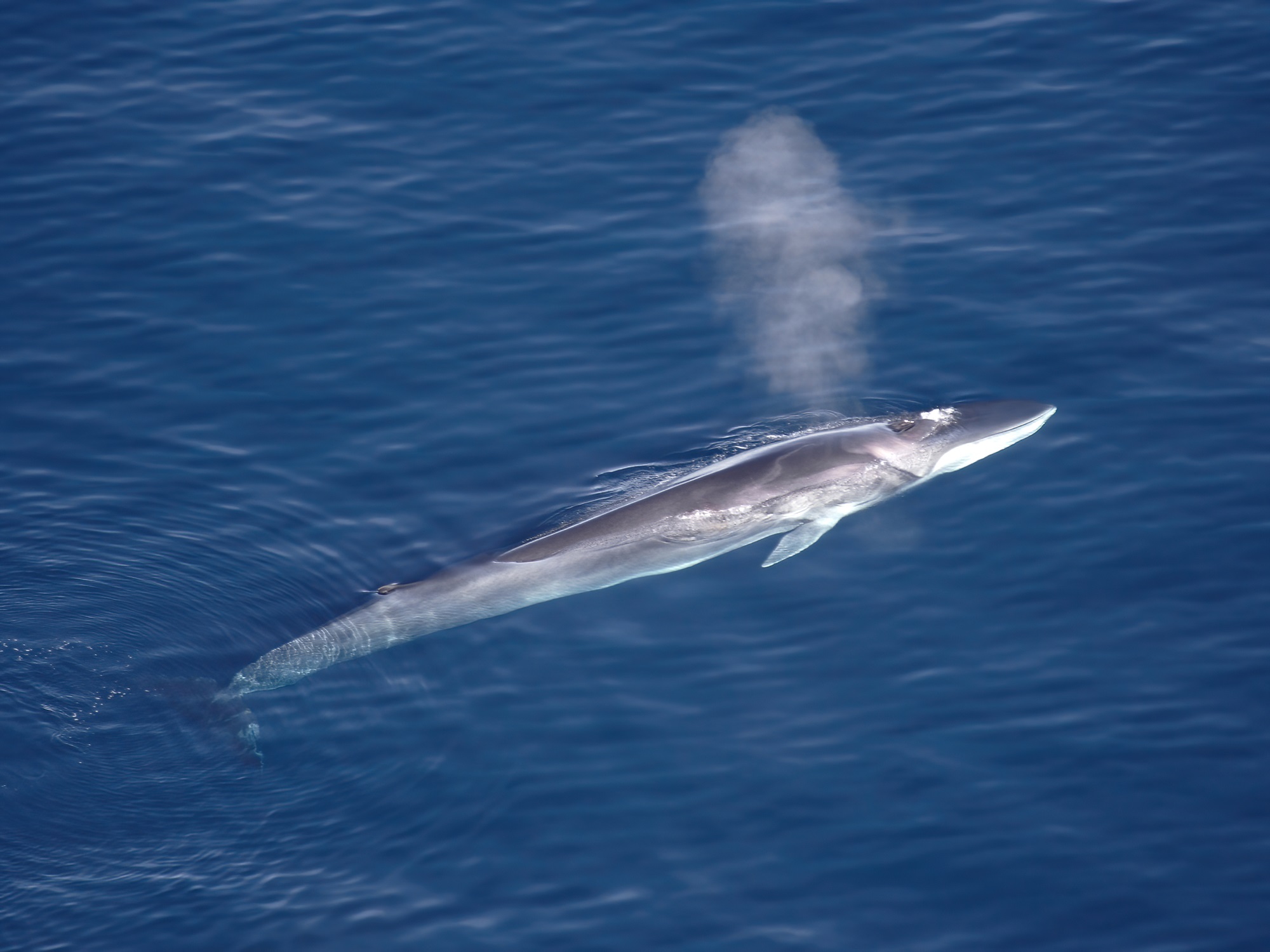Browse "Animals"
-
Article
Dragonfly
Dragonfly, common name for robust carnivorous insects of order Odonata [Gk "toothed," referring to mouth parts].
"https://d2ttikhf7xbzbs.cloudfront.net/media/media/61b31847-6ec0-4449-80f4-4d16eb081624.jpg" // resources/views/front/categories/view.blade.php
https://d2ttikhf7xbzbs.cloudfront.net/media/media/61b31847-6ec0-4449-80f4-4d16eb081624.jpg
-
"https://d2ttikhf7xbzbs.cloudfront.net/media/media/473c32f2-43fb-4b28-adcf-d02c1c0811c1.jpg" // resources/views/front/categories/view.blade.php
https://d2ttikhf7xbzbs.cloudfront.net/media/media/473c32f2-43fb-4b28-adcf-d02c1c0811c1.jpg
-
Article
Eagle
A large bird of prey, the eagle (family Accipitridae) has exceptionally keen vision, long, powerful wings, a hooked bill and strong feet with sharp curved talons.
"https://d2ttikhf7xbzbs.cloudfront.net/media/media/27e39c49-91b9-4340-b19c-a70c005e377d.jpg" // resources/views/front/categories/view.blade.php
https://d2ttikhf7xbzbs.cloudfront.net/media/media/27e39c49-91b9-4340-b19c-a70c005e377d.jpg
-
Article
Earthworm
Earthworm, is a segmented worm of phylum Annelida, class Oligochaeta. The class comprises some 14 families, including Lumbricidae, to which the common earthworm (Lumbricus terrestris) belongs.
"https://d2ttikhf7xbzbs.cloudfront.net/media/media/20bc6dfb-ca6b-4940-a009-b7f9d763dac1.jpg" // resources/views/front/categories/view.blade.php
https://d2ttikhf7xbzbs.cloudfront.net/media/media/20bc6dfb-ca6b-4940-a009-b7f9d763dac1.jpg
-
Article
Eastern Foxsnake
The Eastern foxsnake (Pantherophis vulpinus) is a large, non-venomous snake native to the Great Lakes region of North America. Their Canadian range is limited to Southern Ontario in two distinct populations: the Georgian Bay population and the Carolinian population in extreme southwestern Ontario. Both of these populations are considered threatened by the Committee on the Status of Endangered Wildlife in Canada. Threats include habitat loss, road mortalities and persecution from humans. (See also Snake Species in Canada.)
"https://d2ttikhf7xbzbs.cloudfront.net/EasternFoxsnake/EasternFoxsnakeTree.jpeg" // resources/views/front/categories/view.blade.php
https://d2ttikhf7xbzbs.cloudfront.net/EasternFoxsnake/EasternFoxsnakeTree.jpeg
-
Article
Eastern Hog-Nosed Snake
The Eastern hog-nosed snake (Heterodon platirhinos) is a medium-sized snake with an upturned scale on the end of its snout. The scale gives the snake a pig- or hog-like appearance. In Canada, Eastern hog-nosed snakes are found in Southern Ontario south of the Canadian Shield. They are also found in the Eastern United States as far south as Florida and Texas. The Eastern hog-nosed snake is well-known for its elaborate defensive display: first, the snake flattens its neck into a cobra-like hood, and if that does not deter predators, it flips onto its back and plays dead. (See also Snake Species in Canada.)
"https://d2ttikhf7xbzbs.cloudfront.net/EasternHogNosedSnake/EasternHognoseSnakeFlatNeck.jpg" // resources/views/front/categories/view.blade.php
https://d2ttikhf7xbzbs.cloudfront.net/EasternHogNosedSnake/EasternHognoseSnakeFlatNeck.jpg
-
Article
Eastern Newt
The eastern newt (Notophthalmus viridescens) is a colourful salamander native to eastern North America. It has a large geographic range that extends from eastern Canada south throughout most of the eastern United States, making it the second-most widespread salamander species in North America. Four subspecies are recognized across its range, two of which are found in Canada: the red-spotted newt (Notophthalmus viridescens viridescens; PEI, NS, NB, QC, ON) and the central newt (Notophthalmus viridescens louisianensis; ON).
"https://d2ttikhf7xbzbs.cloudfront.net/easternnewt/CrowleyRed-spottedNewt2.jpg" // resources/views/front/categories/view.blade.php
https://d2ttikhf7xbzbs.cloudfront.net/easternnewt/CrowleyRed-spottedNewt2.jpg
-
Article
Echinodermata
Echinodermata [Gk "spiny skin"], phylum of exclusively marine invertebrate animals. The 6000 known species occur from shores to greatest depths of all oceans.
"https://d2ttikhf7xbzbs.cloudfront.net/media/media/13013e6e-ff67-461b-a42c-416983fc0e43.jpg" // resources/views/front/categories/view.blade.php
https://d2ttikhf7xbzbs.cloudfront.net/media/media/13013e6e-ff67-461b-a42c-416983fc0e43.jpg
-
Article
Edmontosaurus
Edmontosaurus is a genus of large, plant-eating, duckbilled dinosaur. There are two species of Edmontosaurus. One, E. regalis, lived between 73.1 and 69.6 million years ago in Alberta. The other, E. annectens, lived between 68 and 66 million years ago in Saskatchewan, Montana, North Dakota, South Dakota, and possibly Alberta. Edmontosaurus was one of the largest North American herbivores of its time and even surpassed Tyrannosaurus rex in size. The first specimen to be called Edmontosaurus was discovered in 1912 in the Drumheller area. It became the first mounted dinosaur skeleton on display in Canada.
"https://d2ttikhf7xbzbs.cloudfront.net/media/new_article_images/Edmontosaurus/EdmontosaurusRegalisResized.jpg" // resources/views/front/categories/view.blade.php
https://d2ttikhf7xbzbs.cloudfront.net/media/new_article_images/Edmontosaurus/EdmontosaurusRegalisResized.jpg
-
"https://d2ttikhf7xbzbs.cloudfront.net/media/media/1f049ea7-2e3b-459b-a914-552efd4f59e8.jpg" // resources/views/front/categories/view.blade.php
https://d2ttikhf7xbzbs.cloudfront.net/media/media/1f049ea7-2e3b-459b-a914-552efd4f59e8.jpg
-
Article
Endangered Animals in Canada
Many animals in Canada face the risk of extinction. Animals are put at risk for several reasons, including: climate change, the loss of forest and grassland to cities and agriculture, hunting, fishing, and the pollution of lakes and rivers. As of 2021, 554 animal species are at risk in Canada, according to the Committee on the Status of Endangered Wildlife in Canada. In addition, 18 are extirpated and 18 extinct. The committee’s definition of a wildlife species includes taxonomic categories as well as geographically distinct populations. For example, the beluga whale (Delphinapterus leucas) is included in the list of at risk animal species six times, as there are six different populations facing different threats to their survival. (See also Endangered Plants in Canada.)
"https://d2ttikhf7xbzbs.cloudfront.net/media/media/d94ee6d6-cf87-4001-9183-a07490901889.jpg" // resources/views/front/categories/view.blade.php
https://d2ttikhf7xbzbs.cloudfront.net/media/media/d94ee6d6-cf87-4001-9183-a07490901889.jpg
-
Article
Entomology
Entomology is the branch of zoology dealing with the study of insects, although which organisms are included is open to interpretation.
"https://d2ttikhf7xbzbs.cloudfront.net/media/media/c70607bd-f0f1-4ad2-9273-d49c9e46c013.jpg" // resources/views/front/categories/view.blade.php
https://d2ttikhf7xbzbs.cloudfront.net/media/media/c70607bd-f0f1-4ad2-9273-d49c9e46c013.jpg
-
List
Extinct Animals in Canada
As of May 2021, 18 animal species once found in Canada are now extinct, according to the Committee on the Status of Endangered Wildlife in Canada (COSEWIC). The committee’s definition of a wildlife species includes taxonomic categories as well as geographically distinct populations. For example, the Atlantic salmon appears on COSEWIC’s list of at-risk species 15 times, as there are 15 populations of Atlantic salmon in Canada facing different threats to their survival. Similarly, when one of these populations goes extinct — as was the case for Atlantic salmon in Lake Ontario in 1898 — there are specific, cascading effects for the ecosystem that the population belongs to. Communities may lose fishing opportunities and other animals may lose a source of food. Though the Atlantic salmon is an example of a species with populations still observable in the wild, this list of 18 also includes animals that no longer exist anywhere on the planet, such as the sea mink or great auk. The reasons for the extinction of these animals range from overhunting to predation from invasive species to, in the case of the Eelgrass limpet, a plight of slime mould.
"https://d2ttikhf7xbzbs.cloudfront.net/media/new_article_images/ExtinctAnimalList/GreatAukPainting.jpg" // resources/views/front/categories/view.blade.php
https://d2ttikhf7xbzbs.cloudfront.net/media/new_article_images/ExtinctAnimalList/GreatAukPainting.jpg
-
Article
Falcon
The falcon (family Falconidae) is a small to medium-sized predatory bird noted for its swiftness in flight.
"https://d2ttikhf7xbzbs.cloudfront.net/media/media/d94ee6d6-cf87-4001-9183-a07490901889.jpg" // resources/views/front/categories/view.blade.php
https://d2ttikhf7xbzbs.cloudfront.net/media/media/d94ee6d6-cf87-4001-9183-a07490901889.jpg
-
Article
Fin Whale
The fin whale (Balaenoptera physalus) is the second-largest animal on Earth. It is built to move through water at fascinating speeds, rarely breaches the surface for humans to witness and is known for the unique colouring on its lower jaw. In Canada, this baleen creature, also known as the finback whale, was brought to near extinction through 20th-century whaling practices. However, they have made a slow comeback since commercial whaling ended in the 1970s. Nowadays, fin whales are found on both the Atlantic and Pacific coasts in Canada, as well as all over the world.
"https://d2ttikhf7xbzbs.cloudfront.net/finwhale/Fin-Whale-Aerial-Shot.jpg" // resources/views/front/categories/view.blade.php
https://d2ttikhf7xbzbs.cloudfront.net/finwhale/Fin-Whale-Aerial-Shot.jpg
